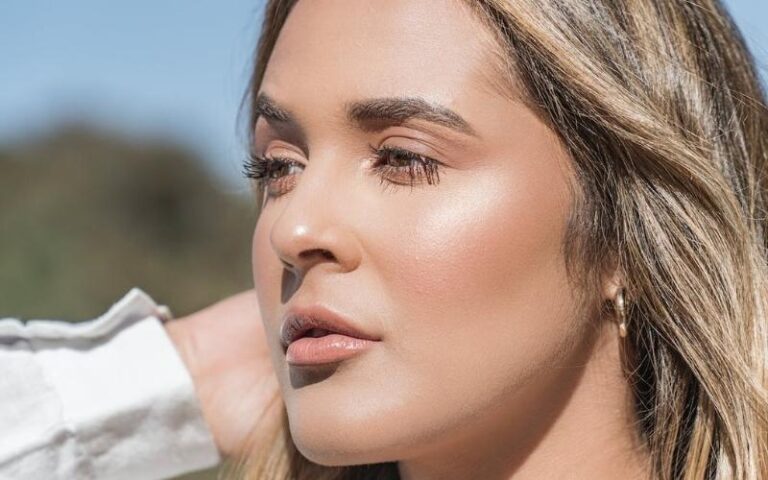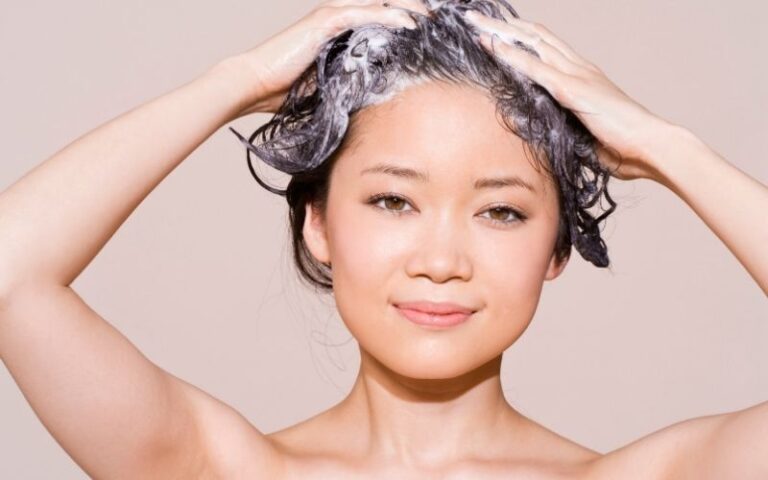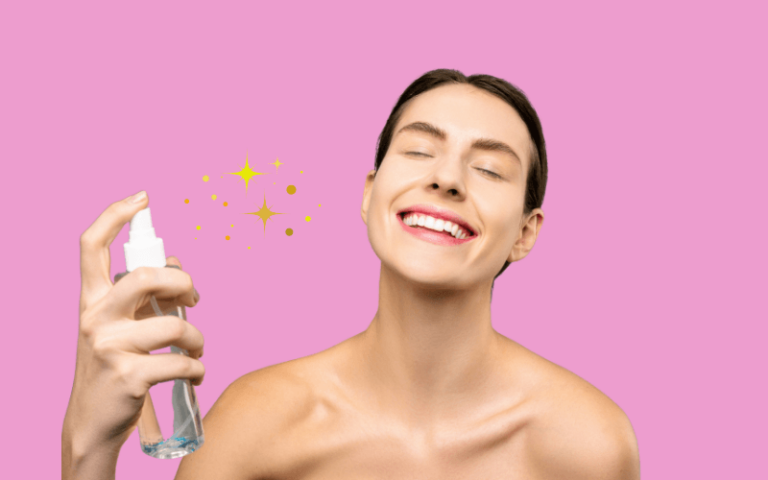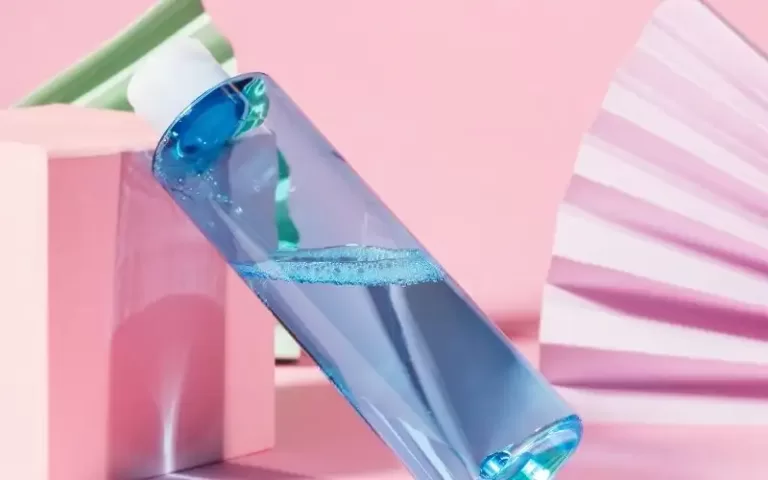Teen With Forehead Lines Already? Here is What You Should Do

Dealing with wrinkles of any kind can be challenging. Forehead wrinkles are one of the most common types and can appear at any age.
Teens are particularly susceptible to forehead wrinkles because their skin is thinner and less elastic. Most of these could be cosmetic and easily reversed by making simple changes and following some precautionary measures.
What Causes Forehead Wrinkles In Teens?
Teenagers rarely get wrinkles because their skin has enough collagen and flexibility while still adolescents. When exposed too much to the sun, smoke, pollution, or under stress, they may start to wrinkle.
Another reason why a teen may develop forehead wrinkles could be genetics. If your parents or grandparents had wrinkles early, there’s a good chance you will too.
Binge drinking alcohol and carbonated drinks and switching to a sodium-heavy diet are other contributors to the appearance of your forehead wrinkles. It occurs as a consequence of dehydration.
When your body needs more water, it will draw it from any available source, including your skin cells. One night of binge drinking, especially in a smoke-filled tavern or pub, might leave you with fresh wrinkles the next day.
Not drinking enough water, unhealthy eating practice, excessive use of cosmetics, lack of vitamin D3, and frequently changing creams and cosmetics can also cause the skin to become dry and wrinkled.
How To Get Rid Of Forehead Wrinkles?
Fortunately, you can implement several things to minimize the appearance of forehead wrinkles.
Antioxidant Skin Creams
In addition to consuming healthy antioxidants through a diet high in fresh fruit and vegetables, teenagers can also apply antioxidants directly to their skin, which can assist in providing skin the protection it needs topically, exactly where it needs it. Vitamin C and E are two topical antioxidants that can permeate the skin and have been proven to improve skin health. They are available in many skincare products.
Skin Cell Regulators
Creams and lotions that contain growth factors, retinol, or peptides are known as cell regulators. Some products claim to be able to reverse the effects of aging because these chemical compounds work to increase collagen formation in your skin.
The component most usually found in anti-aging treatments is retinol (vitamin A). However, tretinoin, a different type of vitamin A, might be the component that most firms the skin on your face and neck. Tretinoin has been shown to tighten skin and boost collagen formation; drooping skin is less obvious.
Exfoliation
The skin is always undergoing a cycle of regeneration in which the top layer comprises older skin cells, and the lower layers produce new skin cells. These aging skin cells can occasionally form irregularly. Dead cells can accumulate in great numbers on the skin under certain circumstances, especially dry skin, giving it a rough, dry, and dreary appearance.
The top layer of skin can be sloughed by exfoliating lotions, creams, and scrubs, exposing the inner layer of fresh skin cells and restoring the skin’s smooth, youthful appearance.
Microdermabrasion uses the exfoliating principle to improve the skin’s texture by using a machine tip to automatically remove dead skin cells.
At-Home Toning Tools
Many toning devices purport to reduce wrinkles, and some individuals even swear by them. Some of these tools include jade/face rollers, RF gadgets, and microneedles.
These tools may help boost the synthesis of particular proteins and allow the absorption of active elements in the deeper skin layers while maximizing the benefits. With frequent use, the skin becomes noticeably tighter.
Skin’s Healing Mechanism
Chemical peels and laser procedures can help alleviate the skin’s appearance by promoting the skin’s natural healing process and removing the uppermost layers of dead skin cells. Chemical peels and laser treatments may slightly damage the top layer of skin; however, this only initiates a series of healing processes that produce new skin cells that are smoother, younger-looking, better moisturized and brighter in appearance over time.
Treating With Botox Injections
When the wrinkles on the forehead get deeper, healthy foods and beauty products may not be as effective in treating them as they can promote skin health, look, and texture. Injections of Botox are a common procedure that helps minimize forehead wrinkles.
After consulting with a doctor, Botox may be advised as a treatment option for forehead wrinkles. After addressing lifestyle factors contributing to skin aging and following a healthy skincare and beauty routine to preserve and nourish the skin, Botox may be considered.
Quick Fixes For Wrinkles On Forehead
These anti-wrinkles fixes may help your coverup if you have stubborn forehead wrinkles.
- Makeup Primer: Choose a light-reflecting primer that conceals small wrinkles and prevents makeup from sinking into and highlighting creases.
- Lotions That Plump Lines: Peptide, retinol, and retinoid-containing moisturizers encourage collagen production to boost skin and smooth out wrinkles. Use wrinkle filler with a retinol at night and peptide-packed creams during the day.
- Hide With Bangs: The easiest and most fashionable way to hide wrinkles is to have soft, brow-skimming bangs. Choppy fringe that hangs down to eyebrows and highlighter that brightens the color of your eyes can help you hide these wrinkles.
- Adhesive Bandages: Firm adhesive bandages keep the skin in place to stop wrinkling while sleeping. These adhesive patches may help if you wake up with wrinkles from scrunching your face while you sleep.
Tips To Prevent Forehead Wrinkles
The easiest strategy to stop wrinkles from developing in teens is to avoid wrinkle-causing factors. Teenagers could use the following skincare techniques to prevent wrinkles.
- Protect the skin against sunlight or rays using a broad-spectrum sunscreen with SPF 30 or more. Reapplying every couple of hours is essential if staying outdoors for long. Wear long-sleeved shirts and hats to avoid sunburn.
- Good habits, including eating a balanced diet, keeping hydrated, and getting enough sleep, might help youngsters avoid forehead wrinkles.
- Start using facial creams, serums, and lotions that contain hyaluronic acid. The extracellular matrix of skin tissues contains hyaluronic acid, a naturally occurring biopolymer. Adding hyaluronic acid into the skincare routine may lessen forehead wrinkles.
- Regular exercise and physical activity help keep your skin hydrated and supple.
- Quit behaviors like smoking, drinking, and using narcotics because they damage your skin tissue and eventually make you look older.
- It’s also critical to avoid stress – read some books to boost your brain function.
- Try to avoid frowning or scrunching up your face whenever possible.
A large part of it concerns how we care for ourselves. Nourishing from the inside and outside can keep skin looking smooth and refreshed at any age.
Never Too Late To Benefit
Teenage wrinkles can occur for various causes, but they rarely cause major worry. In most youngsters, stress and an unhealthy lifestyle may cause wrinkles. So, adopting a healthier lifestyle and reducing stress may aid with wrinkle removal.
To prevent wrinkles, it’s also necessary to monitor your sugar intake, be well-hydrated, and give up smoking and drinking. However, if your teen’s wrinkles appear to be getting worse, have them examined by a dermatologist to identify the underlying problem and create an effective treatment plan.
Reference
- How To Prevent Wrinkles In Teenagers: https://www.momnewsdaily.com/cosmetic/how-to-prevent-wrinkles-in-teenagers-and-what-causes-it/#what-are-wrinkles-in-teenagers
- Forehead Wrinkles At A Young Age: https://www.boldsky.com/beauty/skin-care/2018/15-natural-ways-to-fight-forehead-wrinkles-at-a-young-age-120729.html
- What Causes Wrinkles In Teenagers: https://www.momjunction.com/articles/teenage-wrinkles-at-young-age-causes-prevention_00709200/
- Facing Fine Lines and Wrinkles at a Young Age: https://www.spartanburgderm.com/facing-fine-lines-and-wrinkles-at-a-young-age-what-are-your-options
- When Is Too Young To Start Worrying About Wrinkles: https://danieltresleymd.com/when-is-too-young-to-start-worrying-about-wrinkles/
- How To Reduce And Prevent Forehead Wrinkles: https://facecliniclondon.com/forehead-wrinkles/
- How Can I Get Rid of Forehead Wrinkles: https://www.healthline.com/health/beauty-skin-care/forehead-wrinkles
- Ways to Smooth Forehead Wrinkles: https://www.byrdie.com/how-to-get-rid-of-forehead-wrinkles-4800838
- Treatment For Forehead Wrinkles: https://www.siobeauty.com/blogs/resource-center/forehead-wrinkle-treatment





